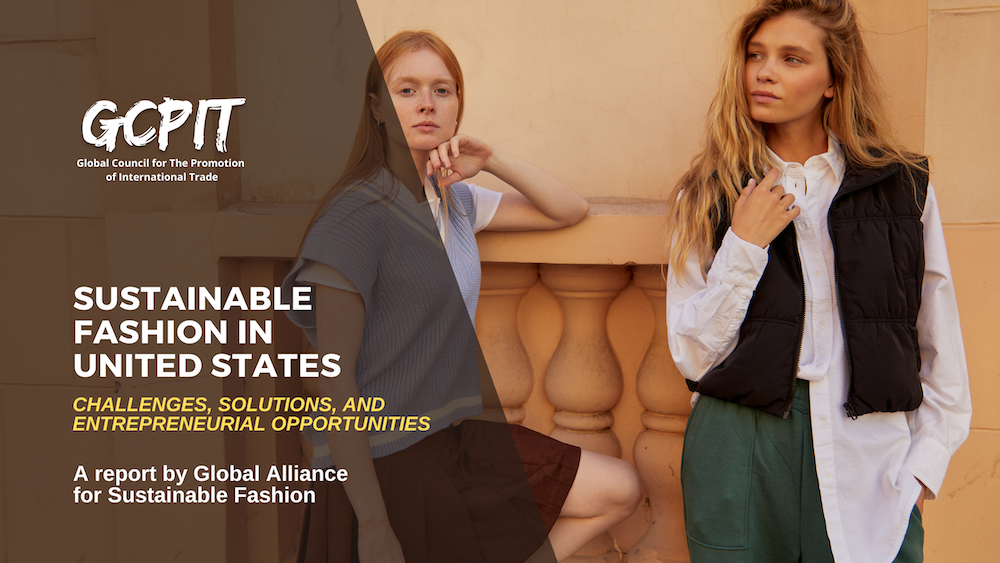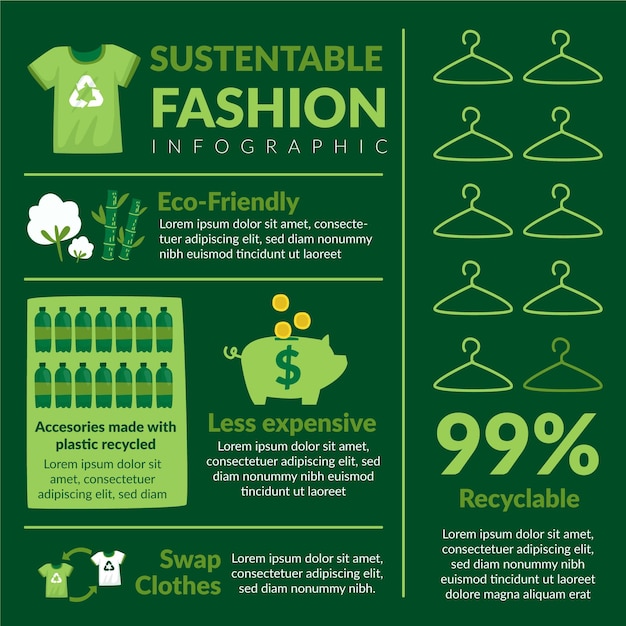Cape Town Sustainable Fashion Designers Leading the Green Activity
Keep Ahead of the Curve by Exploring Ingenious Style Fads
In a market as dynamic as fashion, staying in advance includes more than just adhering to present patterns-- it requires an exploration of development. The convergence of modern technology and style advertises a new period of customer interaction.

Embracing Smart Textiles
In recent times, the garment industry has actually seen a transformative shift with the combination of clever fabrics, a sophisticated innovation that blends modern technology with material. This advancement stands for not just a combination of appearances and functionality however likewise a substantial jump in the direction of sustainability and customization in vogue. Smart textiles, also understood as e-textiles, installed sophisticated electronics such as sensors and conductive threads within the material, enabling garments to communicate with the environment or the wearer.
These fabrics are designed to keep an eye on physical specifications, such as heart price or body temperature, providing real-time health analytics. Past wellness applications, wise textiles are also being utilized for adaptive clothes, which can alter color or pattern in action to environmental stimuli, thus using a dynamic fashion experience.
Moreover, the growth of energy-harvesting textiles that generate power from activity or sunshine is leading the way for self-sufficient wearable modern technology. This advancement is interesting eco aware consumers and developers aiming to reduce the environmental impact of fashion. As research and growth in this area breakthrough, wise textiles are expected to come to be progressively prevalent, improving the landscape of modern-day style with their multifunctional abilities.
The Rise of 3D Printing
Transforming the production landscape, 3D printing has arised as a game-changer in the fashion business. This sophisticated innovation has actually made it possible for designers to press the boundaries of imagination, creating intricate and personalized garments that were formerly inconceivable. By leveraging digital layout and additive manufacturing, 3D printing promotes the production of complex geometries and patterns, enabling developers to experiment with brand-new textures and frameworks.
A remarkable advantage of 3D printing in fashion is its capability to generate on-demand, decreasing waste and lowering inventory requirements. This efficiency not only optimizes production procedures yet likewise permits rapid prototyping, allowing designers to bring their visions to life in a much shorter timeframe. Moreover, 3D printing supports customization somewhat unequaled by standard techniques, supplying customized fits and distinct layouts customized to specific consumer preferences.
The surge of 3D printing has actually additionally equalized style, making it accessible to emerging designers who can now make high-quality pieces without substantial economic investment in traditional production framework. As modern technology remains to advance, the fashion market is poised to harness the complete possibility of 3D printing, discovering brand-new materials and techniques that will certainly redefine how style is conceived and produced.
Sustainable Style Developments
As the style sector faces the pushing demand for environmental responsibility, lasting style technologies have actually arised at the leading edge of transformative modification. The growing recognition of eco-friendly effect has sustained a shift towards even more eco-conscious practices and materials. Brands and developers are now focusing on sustainability, integrating methods that lessen waste and decrease carbon impacts.
One significant advancement is the increase of round fashion, which highlights recycling and upcycling to extend the lifecycle of garments. This technique not only decreases waste but additionally urges customers to adopt a much more conscious method to garments intake.
Another development hinges on the fostering of innovative dyeing methods that make use of waterless processes or natural dyes, therefore lowering the vast quantities of water and chemicals commonly made use of in fabric dyeing. Moreover, innovations in biotechnology have resulted in the development of lab-grown leather and materials, offering ecologically friendly next page and cruelty-free choices to conventional products. With these introducing initiatives, the apparel industry is making meaningful strides in the direction of a much more lasting future.

Tech-Integrated Clothing
Tech-integrated apparel stands for a groundbreaking combination of fashion and modern technology, improving just how individuals engage with their apparel. This cutting-edge domain name is noted by the incorporation of clever fabrics and embedded electronic components, boosting both functionality and visual allure. From fitness trackers embedded in sportswear to heated coats regulated via smartphone applications, tech-integrated garments provides customers unprecedented comfort and versatility.
Introducing brands are driving this fad, concentrating on creating garments that reply to environmental stimulations or customer commands. As an example, some garments can transform shade or pattern in action to temperature level Going Here shifts, while others integrate biometric sensing units to monitor wellness metrics like heart rate or stress and anxiety degrees. The seamless integration of modern technology into textiles additionally reaches ecological sustainability, with efforts to develop self-cleaning fabrics or garments that adapt to weather, thus minimizing the need for several layers.
In addition, the advent of wearable technology is not just restricted to apparel however encompasses devices like watches and glasses, more expanding the scope of tech-integrated fashion. As the market proceeds to innovate, the potential for modification and personalization in clothing grows, offering consumers distinct, tech-enhanced style experiences that accommodate their individual needs and preferences.
Future of Virtual Style
In recent times, the future of digital style has actually become a transformative force within the industry, leveraging innovations in digital innovation to redefine just how style is developed, experienced, and taken in. By integrating increased truth (AR), virtual reality (VR), and 3D design tools, developers can currently craft interactive and immersive experiences that transcend traditional style limits. Digital fashion permits the production of garments that exist only in digital environments, using countless opportunities for innovation without the restrictions of physical manufacturing.
This digital change not only presents opportunities for creative expression yet also addresses sustainability concerns inherent in see this here traditional fashion methods. Cape Town Sustainable Fashion. By eliminating the requirement for physical sources, digital fashion lowers waste and reduces carbon footprints. Additionally, the increase of digital fashion aligns with the raising consumer demand for customized and distinct experiences, as virtual garments can be tailored and tailored to individual choices effortlessly

Verdict
The apparel industry's future lies in the assimilation of sustainable methods and ingenious modern technologies - Cape Town Sustainable Fashion. Smart fabrics and tech-integrated apparel are enhancing capability, while 3D printing uses possibilities for modification and waste reduction. Lasting style, via circular methods and environment-friendly materials, demonstrates a dedication to environmental stewardship. In addition, digital fashion is poised to redefine customer interactions. Adapting to these trends is vital for brands looking for to continue to be relevant and affordable in this swiftly developing landscape.
In recent years, the fashion sector has observed a transformative shift with the combination of smart textiles, an advanced development that blends modern technology with fabric.As the style market grapples with the pressing need for ecological duty, lasting style advancements have actually arised at the leading edge of transformative modification.In recent years, the future of virtual style has arised as a transformative pressure within the sector, leveraging advancements in electronic modern technology to redefine just how style is created, experienced, and taken in. The rise of online fashion lines up with the boosting customer need for special and personalized experiences, as virtual garments can be customized and customized to specific choices with simplicity.
The fashion industry's future lies in the assimilation of ingenious innovations and sustainable practices.